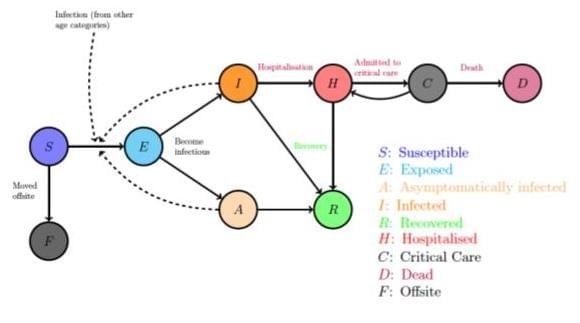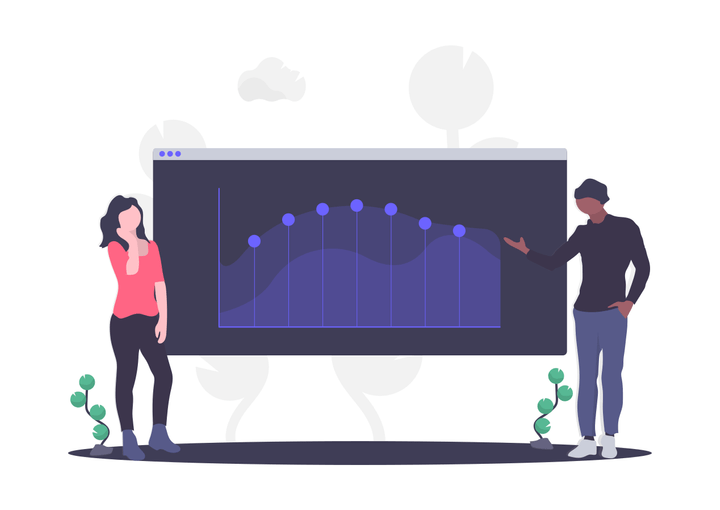
AI for Good Simulator
Modeling the spread of COVID-19 within refugee camps for timely interventions
About this project
The Simulator is a web tool for NGOs and local authorities to model COVID-19 outbreak inside refugee camps and prepare timely and proportionate response measures needed to flatten the curve and reduce the number of fatalities. This tool helps to predict the possible outbreak scenarios and their potential outcomes and help first responders design an optimal intervention strategy. Read more
Problem
Refugee camps lack a strategy to combat COVID-19 because:
1High density
Moria's population density is 204K people / km2 vs. London's 4.5K people / km2
2Sanitation
1 toilette per 167 people, 1 tap per 1300 people, waiting lines are 2-3 hours
3Malnutrition
Food distributions fall short of daily nutritional requirements
4Poor Health
Not enough ICU bed, chronic and respiratory diseases, PTSD
5Legal Status
Asylum seekers are not included in national plans and basic healthcare
Epidemiological Modeling
To address this problem we use multiple epidemiological modeling approaches:

Compartment Model
- Deterministic, age-specific compartment model.
- Macro method models population as a whole.
- We produce the analysis based on 1000 simulation runs over a range of possible parameters.
- Inputs: Area-specific parameters (population size and demographics), Asymptomatic infection rate, Days remaining infectious, etc.

Network Model
- Stochastic, network model with SEIRS dynamics.
- People are vertices and their interactions with others are edges (including a weight for the strength of interaction).
- Our analysis is based on 3 simulation networks.
- Inputs: Area-specific parameters (population size and demographics), Relationships between the residents, Asymptomatic infection rate, Days remaining infectious, etc.

Agent-based Model
- Digital prototype of the given camp.
- 500 agents act based on rules informed by research; experts in the area outline behaviour and demographics.
- Inputs: Transmission probability, Incubation time, Infection and recovery probabilities.
Modeling Conclusions
Based on our modelling, an example intervention strategy for Moria could be:
Long-term strategy
Invest in a prolonged programme in improving personal hygiene for the camp residents in the whole duration of the pandemic
Reducing transmission
Ask the residents who are infected to minimise their contacts and movement and make sure they have access to the necessary treatment (including ICU)
Urgent action for the high-risk
Moving elderly and other high-risk individuals with pre-existing conditions swiftly away from the camp at the very start of the epidemic
Project objectives
Real time insights from our models will have impact in the following areas:

Empower NGOs
Essential supply forecasting
Serve as a tool for NGOs and grassroots organisations to mobilise action and coordinate efforts to prepare and contain COVID-19

Inform Policy Making
Decision making on the ground
Inform governments, camp management and local authorities and help them make responsible decisions in a timely manner

Save People's Lives
Reducing the spread and fatalities
Identify the most effective COVID-19 interventions designed for refugee camps and help avoid severe casualties
We need your help!
We are looking for partners and volunteers - please get in touch if you are interested
© 2020 Crisis Modelling Ltd.






